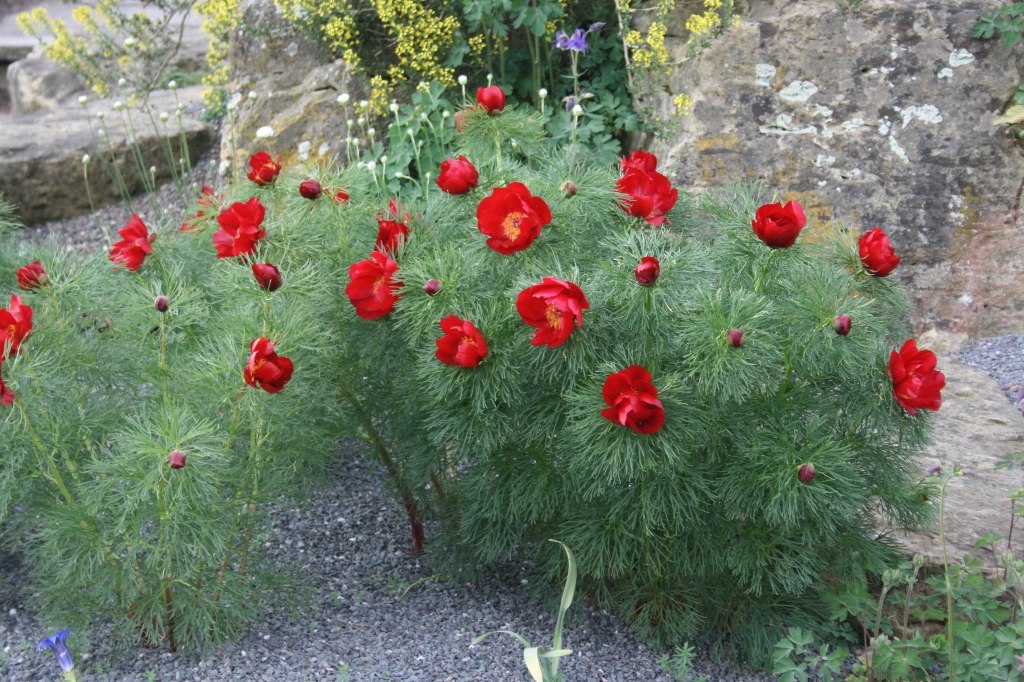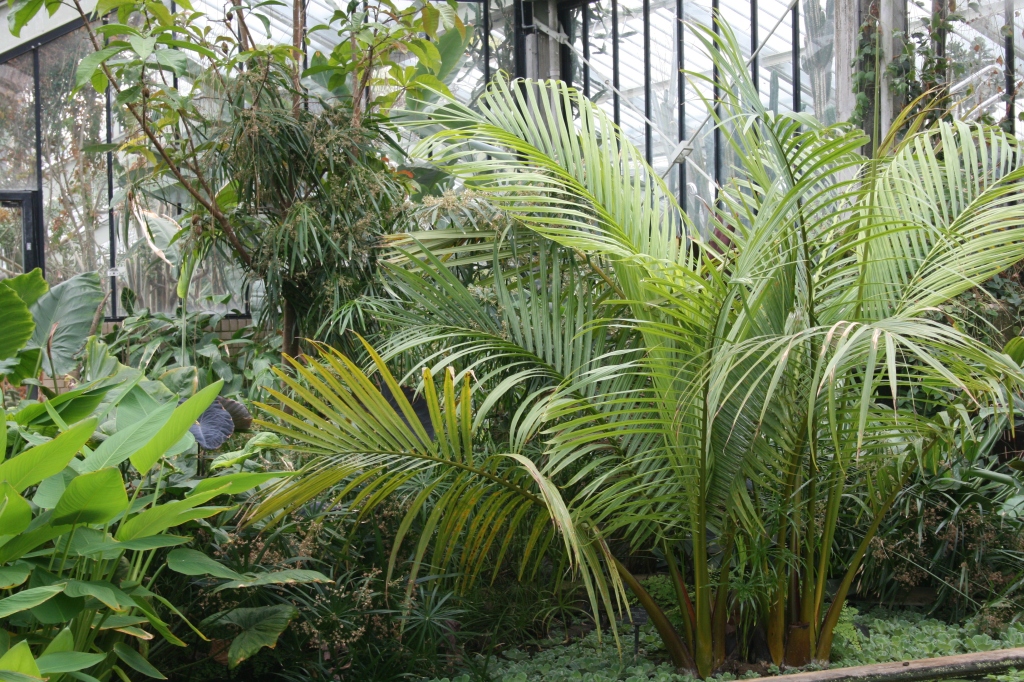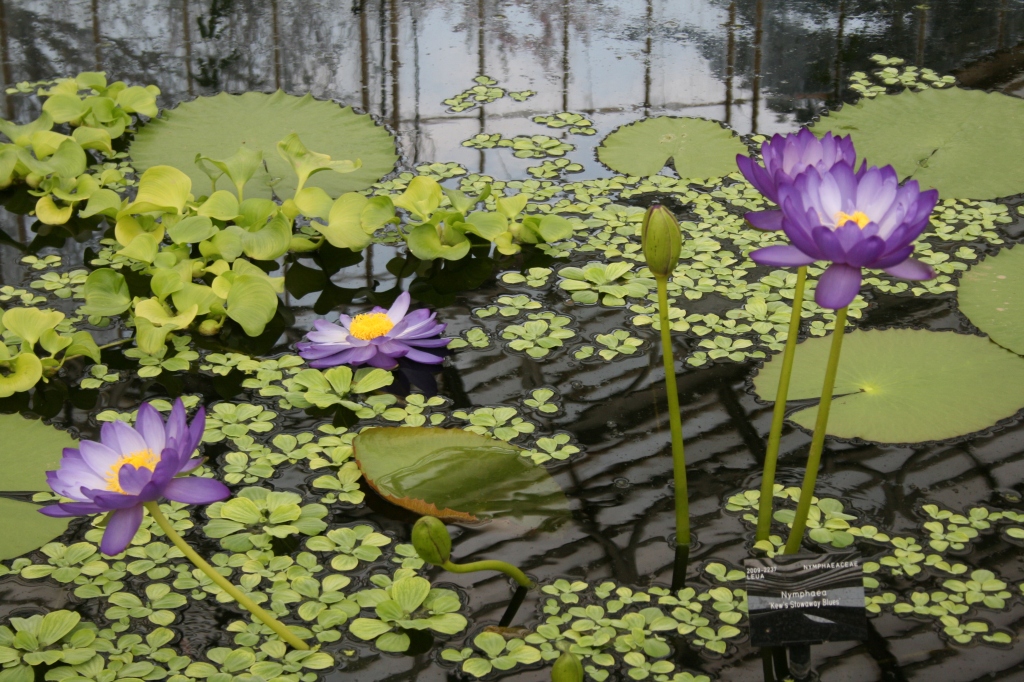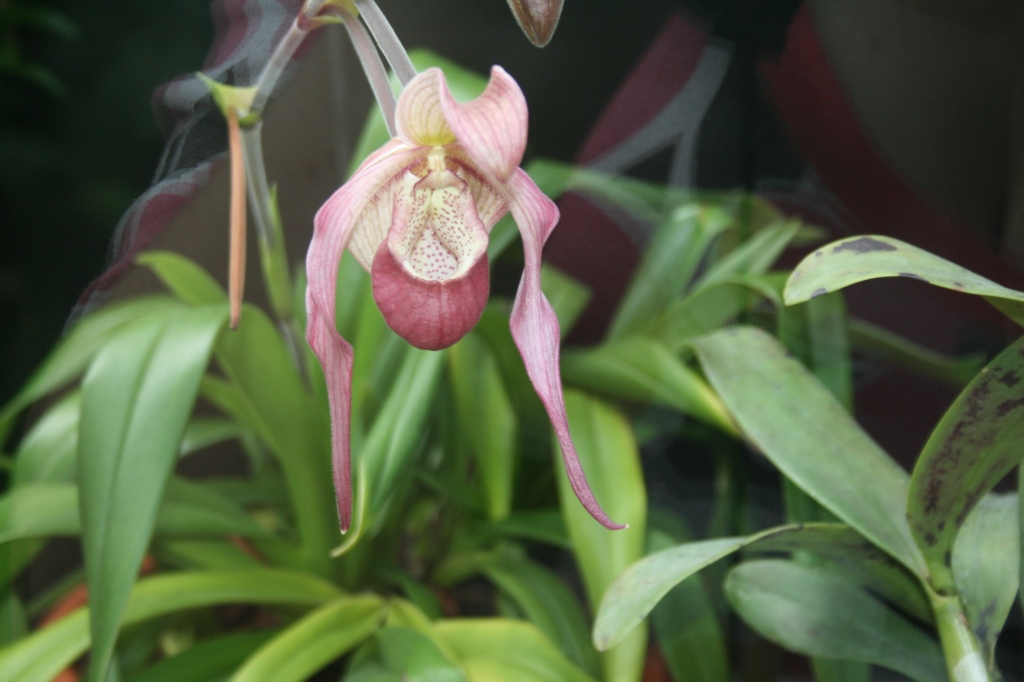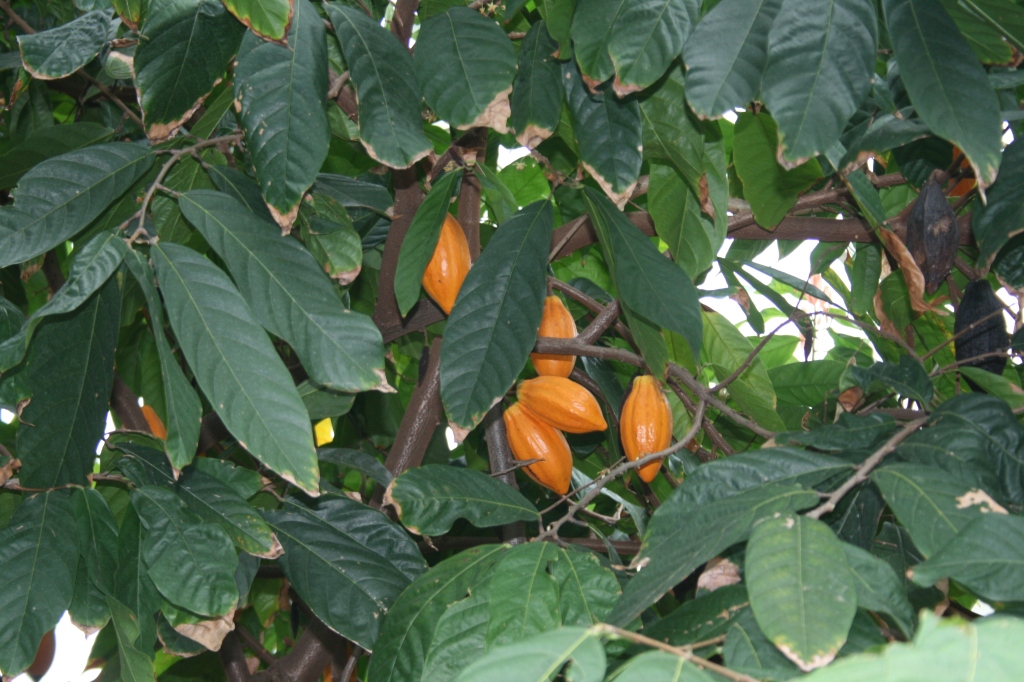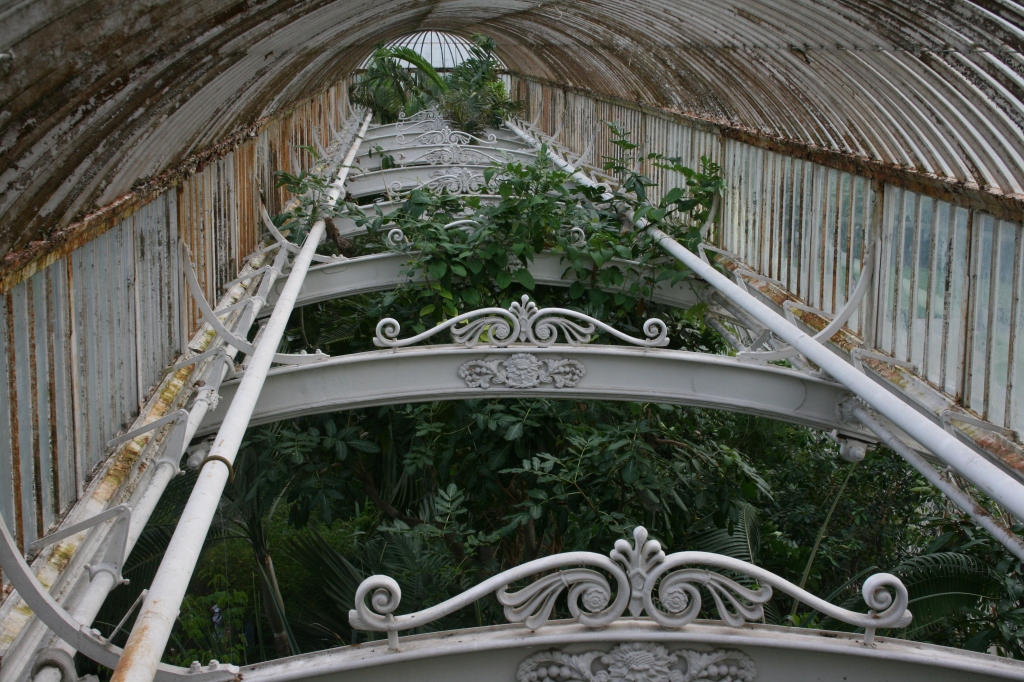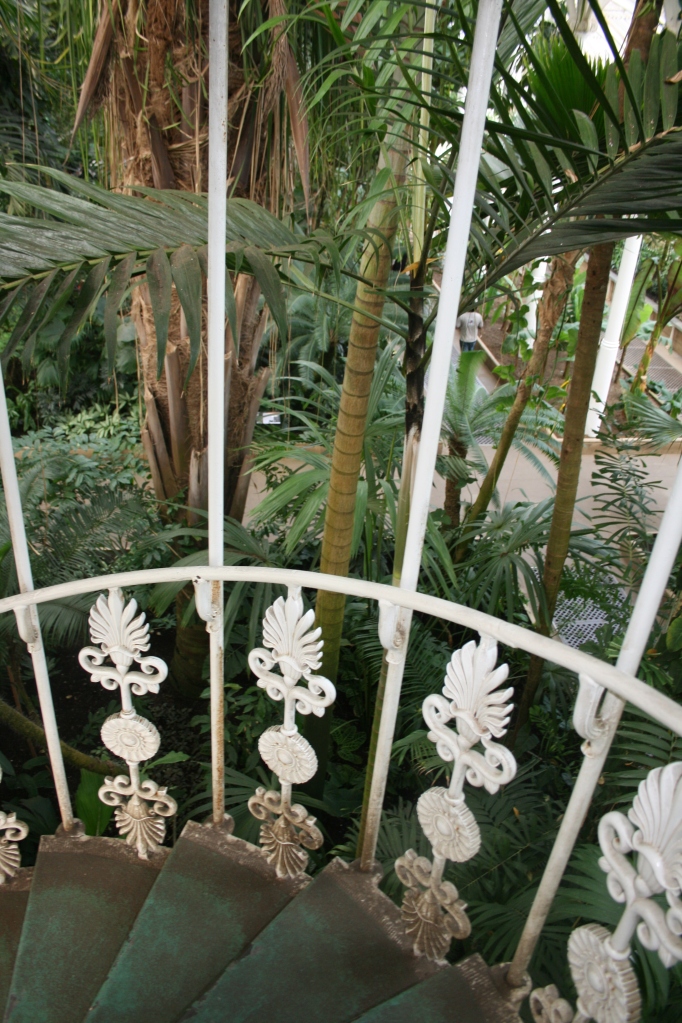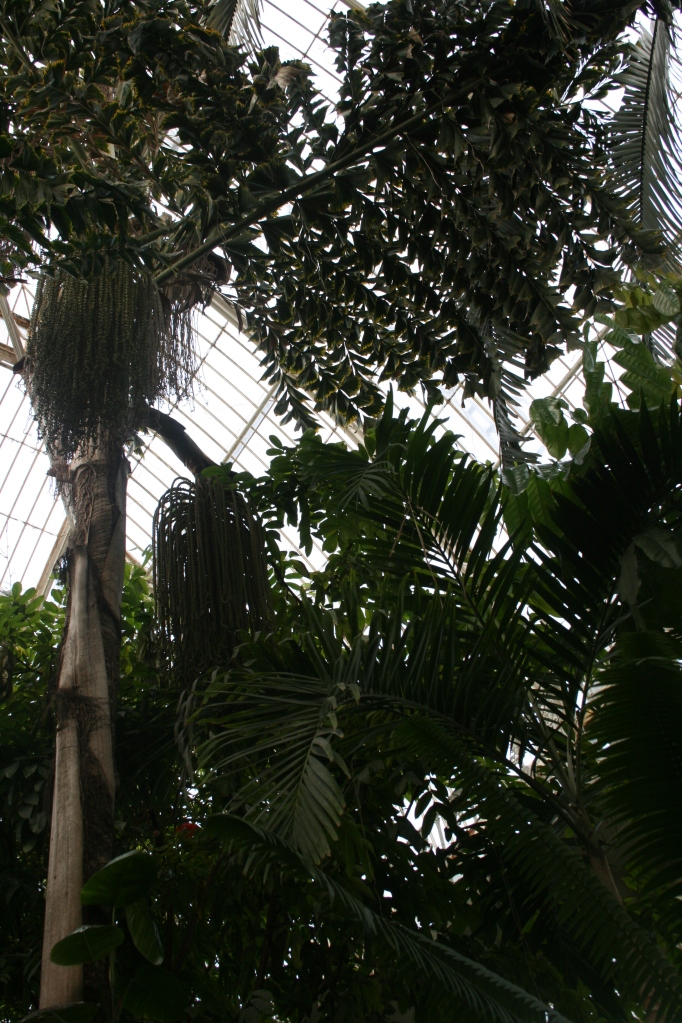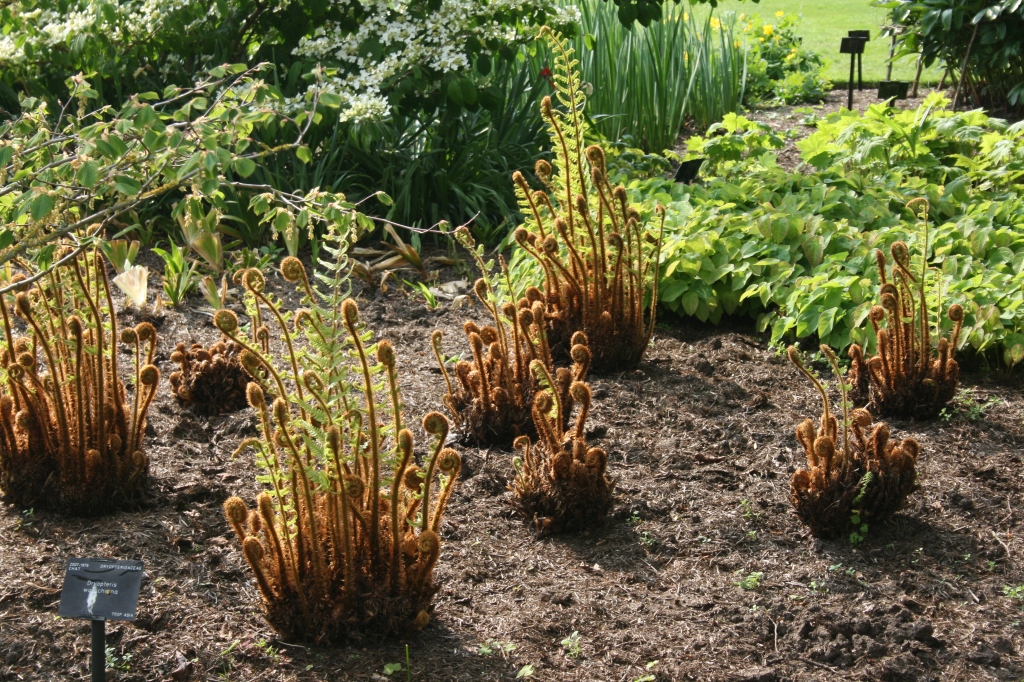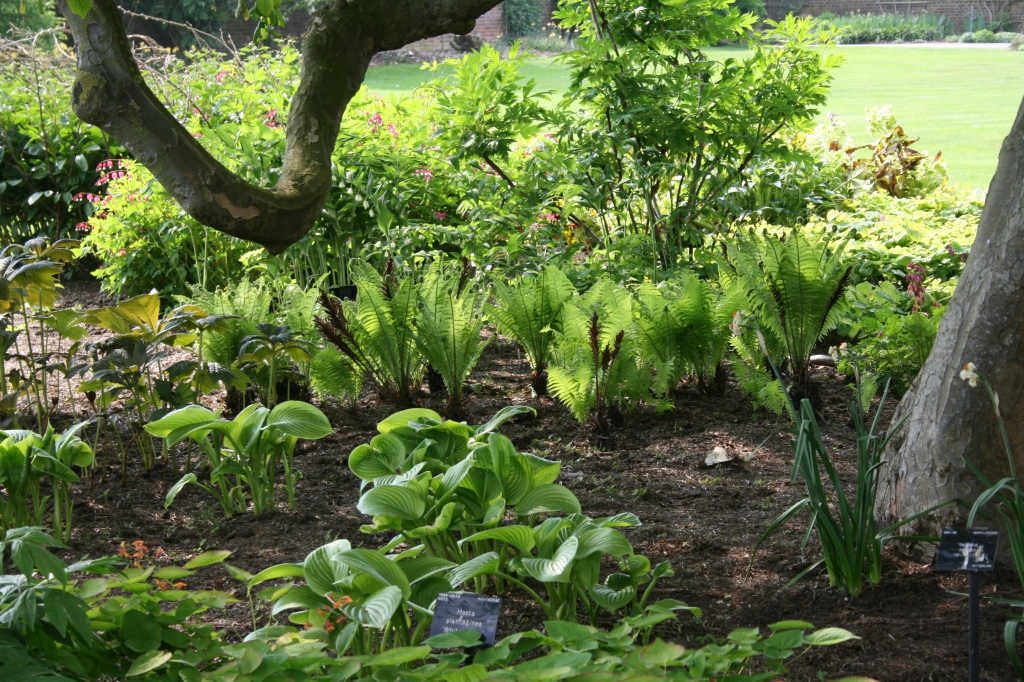Just as I was thinking that there was nothing interesting in season, I remembered oranges. Oranges, synonymous with walnuts in Christmas stockings, bringing colour and cheer to the winter months.
Today I'm bringing two very different recipes for oranges. The first is a gorgeous and surprisingly low fat cake. I urge you to try this if you haven't already. It works every time and it always tastes special.
Nigella's Clementine Cake (with Maya Gold)

4-5 clementines, skin on, to weigh 375g (13oz)melted butter for greasing6 large eggs225g (8oz) sugar250g (9oz) ground almonds1 heaped teaspoon baking powder100g Maya Gold ChocolatePut the clementines in a pan, covered with cold water, then bring to the boil. Simmer for 2-3 hours, then drain and set aside to cool. Cut the clementines in quarters and discard the pips. Pulp the rest (skins, pith, fruit) in a blender.
Beat eggs, add sugar, almonds and baking powder, mixing well. Add clementine pulp then stir together. Pour the mixture into the cake tin, then bake for approx 1 hour, covering with foil or greaseproof paper after 40 mins to prevent burning.
When done, take out of the oven and while still hot, dot squares of chocolate over the top. These will melt, then use a spatula to spread the melted chocolate over the top of the cake. Leave to cool.
As you can see from the photo above, the cake didn't even get a chance to cool before we had a couple of slices! This is a moist, adult kind of cake, which adds a bit of sophistication to an afternoon tea or coffee. It is lovely to make for house guests as it is a bit different and feels like you have gone to some effort, without taking too long such that you spend all day in the kitchen.
Seville Orange Marmalade

Every year Fanny's Farm Shop have a marmalade competition. Every year I mean to give it a go, but this year, buoyed by the success of two years of home-made jam, I decided to take the plunge.
I bought a kit which included a recipe, all the jars, fruit and sugar. However, as soon as I opened it up I realised I needed a muslin bag, so this took me a fortnight to sort out. In the end I made do with a clean facecloth that had come with Liz Earle hot polish (which incidentally is really good).
The recipe said 5 honey jars, but I filled a lot more. To be on the safe side, I would have 7 or 8 normal sized jam jars available and sterilised in the dishwasher (just run them on a normal cycle with their lids, and leave them in the closed dishwasher till the minute you use them.
1kg/2.2lbs Seville Oranges1 large lemon2.5 litres or 4 1/4 pints of water2kg of sugar
1. With clean fruit, halve each one and squeeze out the juice and pips into a muslin sack over a bowl. I used a sieve to hold the muslin bag aloft. Remove some of the pith from the citrus peels and reserve, then cut the fruit into half again. Slice the peel into narrow strips.
2. Add the reserve pith into the muslin sack with the pips and tie loosely together. Allow plenty of room in the bag so that the water can bubble through the bag and extract the pectin from the pips and pith.
3. Place the shredded peel, juices and muslin bag into a large preserving pan with the water.
4. Slowly bring the mixture to the boil, then simmer for 1 1/2 - 2 hours or until peel is very soft and the contents have reduced by half. The photo below shows it half way to being done.
5. Remove the muslin sack from the pan, set it aside to cool down. Once cool, squeeze as much of the liquid back into the pan as possible.
6. Add the sugar to the pan over a low heat and gradually dissolve sugar. Bring to boil, then boil for 10-15 mins. It will set at 105C, 220F.
7. Leave to stand for 15 mins, then give it a quick stir to distribute the peel evenly.
8. Pop your jars out of the dishwasher, fill, seal and cover.
The end result with this recipe was floating pieces of peel in clear gold coloured jelly. I was very impressed with the colour and taste of the batch, and will be saving the spares for serious marmalade lovers only!
Fanny's Farm Shop are having a marmalade competition in February, details of which can be found on their
website.
